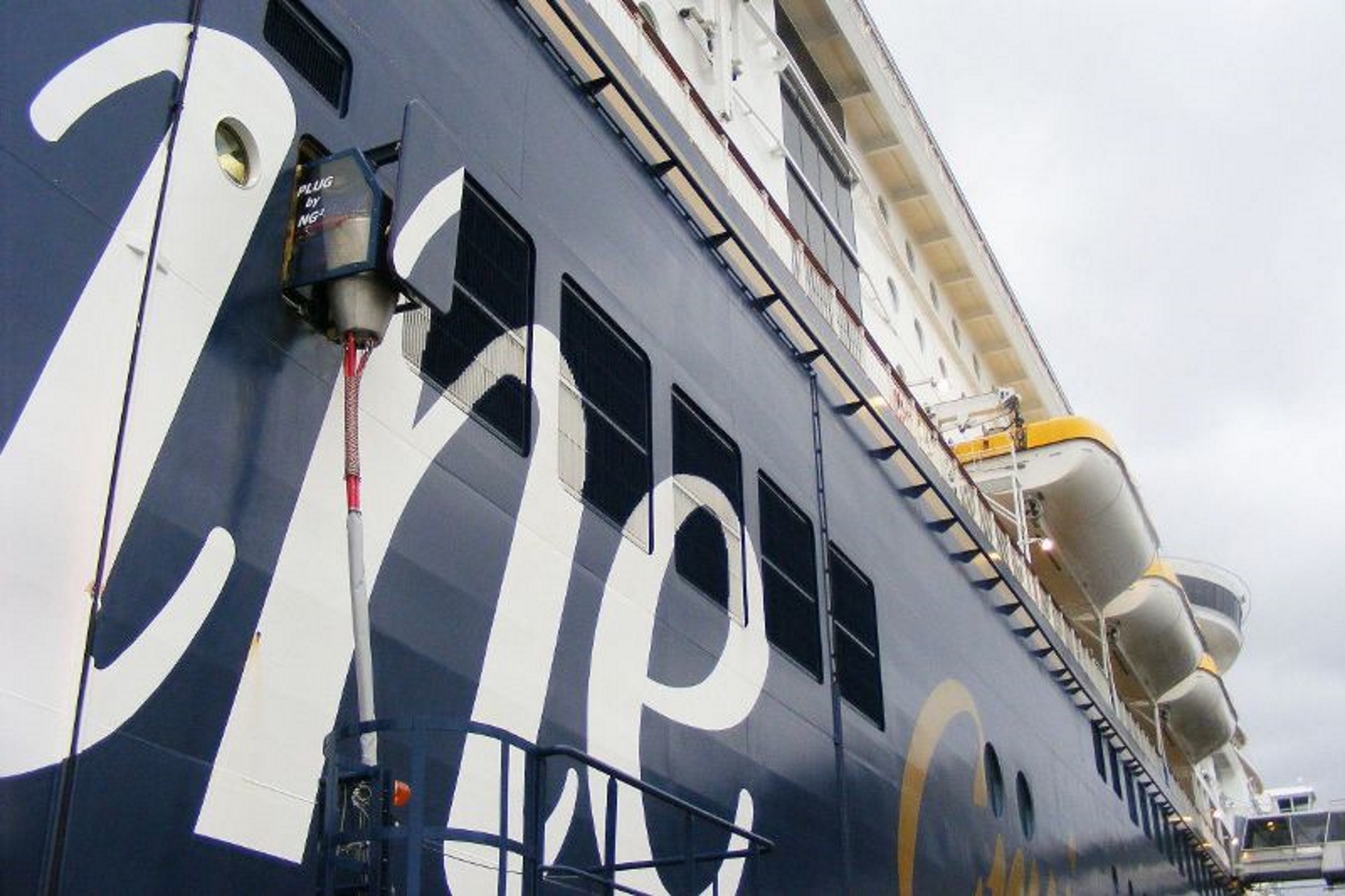Last month, the port of Kiel, Germany announced the construction of an onshore power supply plant to serve commercial vessels has started at the Norwegenkai Terminal. This article summarizes the current status and facts of the Shore-Side Electricity.
What is Shore-Side electricity?
Also known as Onshore power supply or Shore connection, Shore-Side Electricity allows ships to plug into an onshore power source, shutting down their engines while berthed without disrupting onboard services.
Pros and Cons
- Lower greenhouse gas emissions. In 2010, shipping accounted for 15.3% of the EU’s transport greenhouse gas emissions, which was more than aviation emissions (12.4%)
- Less air pollution in port areas often located near cities
- Noise and vibration into ships during berthing
- Reduced lifecycle cost of equipment onboard
- Potentially available in almost all ports in Europe with high voltage power (6-20 kV)
- There are other technologies availables such as scrubbers, Marine Gas Oil (MGO) or LNG.
- It has high Costs
- It is difficult to implement worlwide
How does it work?
Usually, a substation provides energy to a berth connection point from where a flexible cable provides energy to the ship. Onboard, the high-voltage energy is transformed to 400V by a transformer usually placed in the engine room.

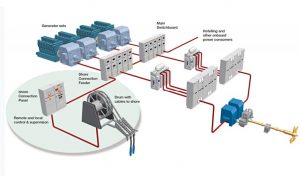
 Shore-side costs
Shore-side costs
Two main parameters have a great impact on installation costs: onboard frequency and cost for high-voltage power supply at berth. If onboard frequency is different than shore-side frequency a transformer is needed. Costs would increase if new canalization and the distance is long. The port of Kiel has started in Oct, 2018 an onshore power supply facility, which is being built by Siemens and will require an investment of around €1 million.
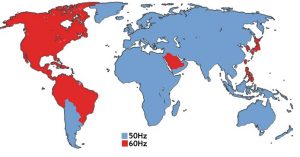
 Onboard Costs
Onboard Costs
Onboard transformers, retrofit, and energy costs for shore supplied electricity versus onboard generated electricity are key elements. According to Port of Copenhagen, investments of € 0,2 to 2 million per ship are needed to prepare vessels to take shore power. As an example, Stena Line Scandinavian – one of the largest ferry operators in the world – has invested €10 million to adapt the majority of its vessels.
Main Stakeholders
- Owners & employees of Container/reefer shipping, dry bulk shipping, tankers, roll on – roll off (RoRo) cargo and ferries, general cargo and cruise ships.
- Authorities
- Local citizens

 Major shipping lines have started retrofitting their ships. All new cruise ships and all container ships bigger than 6000 TEU are already equipped with provision for SSE
Major shipping lines have started retrofitting their ships. All new cruise ships and all container ships bigger than 6000 TEU are already equipped with provision for SSE
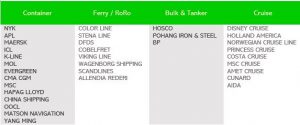
 On Port Installations
On Port Installations
Task force harbours had stated in 2015 than On Shore Power Supply was already available in 97 berths worldwide: 24 in USA, 64 in Europe, and 9 in Asia.
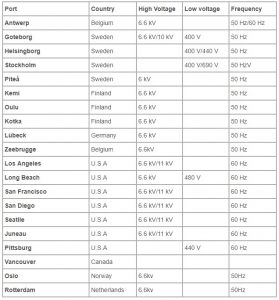
 Main Regulations and Standards
Main Regulations and Standards
International
- The International Maritime Organization (IMO) adopted mandatory measures to reduce emissions from ships; but each country must set standards for berthing vessels.
- MARPOL 73/78, an international convention for the prevention of pollution from maritime activities, particularly Annex VI (2005) stablishes thresholds on nitrogen oxides and sulphur in shipping fuels.
- ISO/IEC/IEEE 80005-1 HVSC (high voltage shore connection systems) standard, published in 2012.
Europe
- EU directive 2005/33/EC in force since 1st of January 2010. It affects to every single ship while at berth in a European port more than two hours. It requires reducing sulphur content in the marine fuels to 0.l % by weight while docked.
- Directive 2014/94/EU of the European Parliament and of the Council of 22 October 2014 on the deployment of alternative fuels infrastructure Text with EEA relevance.
- Directive EU 2008/50/EC on ambient air quality and cleaner air for Europe.
- EU Recommendation 2006/339/EG for membership countries to promote shoreside electricity facilities.
- Recommendation EU 2003/96/EG to subsidize shoreside power by cancelation of electricity tax.
USA
- California Air Resources Board. Effective Jan. 1, 2014, half of all container, refrigerated cargo and cruise ships calling regularly at six major California ports must plug into shore-side electrical power at berth. Additionally, these fleets must cut their total emissions while docked by 50%. Compliance rates increase progressively to 80% by 2020. The regulation applies to the ports of Los Angeles, Long Beach, Oakland, San Diego, San Francisco and Hueneme.
- MEPC 59/6/5 a joint proposal from USA and Canada to IMO to designate an Emission Control Area (ECA of U.S. and Canadian coastal waters.
Bibliography
City & Port Development, CMP and the City of Copenhagen (2015) Options for Establishing Shore Power for Cruise Ships in Port of Copenhagen Nordhavn
Hulskotte, J., & van der Gon, H. D. (2010). Methodologies for estimating shipping emissions in the Netherlands. Bilthoven: Netherlands Environmental Assessment Agency, (PBL)
MariTermAB (2004) . Shore-Side electricity for ships in port. Case studies with estimates of internal and external costs, prepared for the North Sea Commission”
Patrick Ericsson, Ismir Fazlagic. Department of Energy and Environment Division of electric power engineering CHALMERS UNIVERSITY OF TECHNOLOGY Göteborg, Sweden (2008). Shore-side Power Supply. A feasibility study and a technical solution for an on-shore electrical infrastructure to supply vessels with electric power while in port.
Rob Winkel, Ulf Weddige, Doris Johnsen, Vincent Hoen, Georgios Papaefthymiou (2015). Potential for Shore Side Electricity in Europe – Final Report
Task force harbours (2015) Shore Side Electricity – Communication package Rev 2
TrainMosII (2014) On Shore Power Supply and LNG
Concepción González
More information contact us


